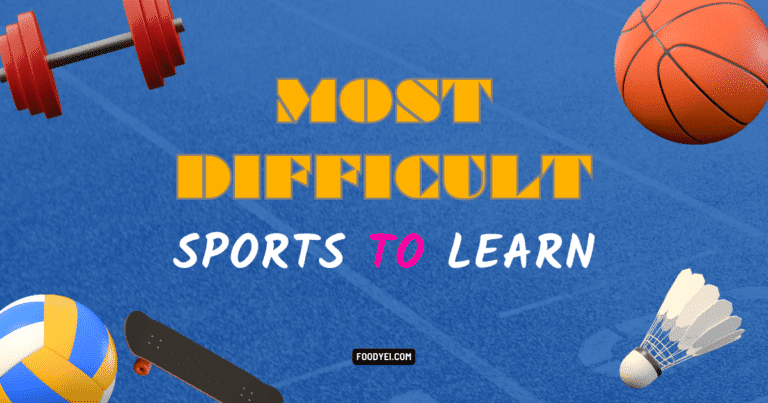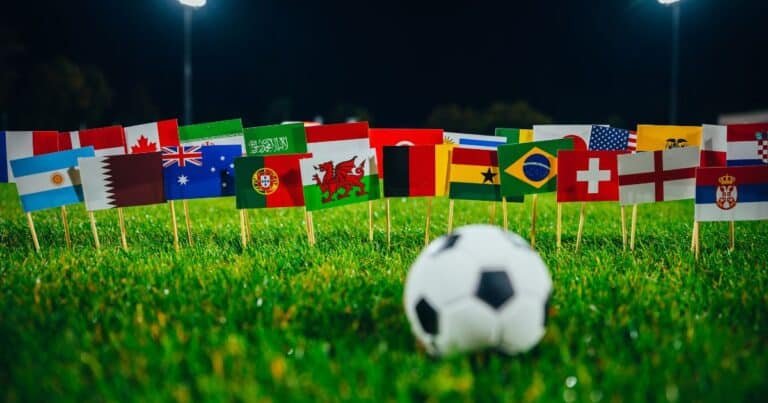In the boxing world, where each jab, hook, and knockout tells a story of grit and determination, a fascinating narrative unfolds—one that challenges the conventional notion of Age dictating a boxer’s career trajectory. Fighters who stepped into the ring later in life, defying the ticking clock to etch their names in the annals of boxing history.
Whether it’s the storied career of Bernard Hopkins, who secured a world title in his 40s and became a pro boxer, or the relentless spirit of George Foreman, who reclaimed the heavyweight championship at the Age of 45, these tales beckon us to question the preconceived limits of Age in the pursuit of pugilistic excellence.
Examining the Physical and Technical Demands of Boxing
Physical Requirements
Professional boxing places immense physical demands on athletes. Fighters must develop incredible endurance, strength, hand-eye coordination, and reflexes through years of intense training starting at a young age. Reaction time and speed tend to decline with Age, making it progressively harder for older athletes to keep pace.
Most boxers hit their physical prime in their mid to late 20s. Beyond 30 years old, the body struggles to maintain the dynamic fitness essential for the sport, including muscle growth, stamina, bone density decline, and gradual wear and tear. While rare exceptions exist, the consensus is that aspiring to become a professional boxer beyond one’s early 30s is likely pushing the boundaries of peak physical condition.
Technical Proficiency
Mastering the technical skills in boxing can take over a decade. Fighters must meticulously hone footwork, defensive maneuvers, punching accuracy, combos, ring generalship, and more.
Developing muscle memory, positional awareness, and ring instincts to execute skills effectively under pressure requires thousands of hours of practice – preferably beginning in childhood and adolescence.
Attempting to acquire this technical proficiency in the late stages of physical prime is an extremely narrow window, limiting prospects of translating skills into professional success. The complex coordination and fluidity of movement necessary are thus vastly more difficult to ingrain beyond one’s 20s.
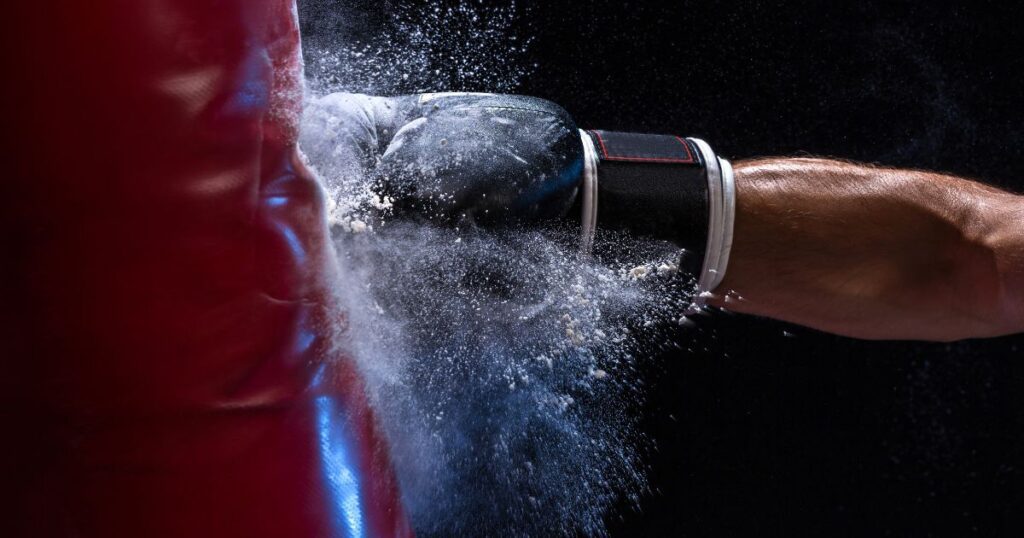
Exploring Examples of Successful Late-Blooming Boxers
Bernard Hopkins
Bernard Hopkins‘ boxing career epitomizes perseverance and determination. Hopkins started boxing at age 23 while incarcerated, with no amateur pedigree. After being released at 30 years old, many fighters consider retirement.
Hopkins launched his professional career. Through a relentless work ethic and cerebral fighting approach, Hopkins systematically worked his way to world titles across multiple weight divisions over three decades.
At 46, Hopkins broke his record as the oldest boxer to win a world championship. His strategic mastery and preternatural conditioning allowed him to compete with rivals 20 years younger well into his late 40s.
Hopkins credits his vegetarian lifestyle, discipline, and studying the art of boxing as key to sustaining his longevity. Despite the physical disadvantage of his advanced Age, his ring intelligence and exceptional precision overcame athletic shortcomings.
George Foreman
George Foreman’s comeback story sparked inspiration worldwide. Ten years after his initial retirement in 1977, the 38-year-old Foreman returned to the ring. Displaying tremendous determination and work ethic.
Foreman recaptured the heavyweight world title at age 45, breaking the division’s age record set over 60 years prior. His power endured despite Age, stopping many younger challengers.
Foreman credits his comeback to his religious faith guiding him toward second chances and embracing strategic fighting adjustments by conserving energy, setting traps, and relying more on technique than youthful physicality.
Foreman-engineered calculated pressure that compensated for declining speed and endurance. His unprecedented achievement proved that the class ring craft could overcome aging limitations.
Evander Holyfield
Among the greatest cruiserweight and heavyweights ever, Evander Holyfield continuously defeated younger competition well into his 40s. In fact, at age 42, Holyfield secured heavyweight titles in epic battles against John Ruiz and Hasim Rahman.
Later, at age 44, he garnered an inspiring upset by stopping IBF champ Fres Oquendo. Renowned for his warrior spirit and scientific application of pressure, Holyfield adapted his approach as needed over a 20+ year career.
As Age took its toll on speed and reflexes, the cagey veteran enhanced his ring IQ strengths – dictating range & pace through expert footwork, leveraging angles, and building attacks behind an iron-clad guard. Relying less on athletic gifts, Holyfield’s poise, precision, and layered game planning kept him elite long after traditional primes expired.
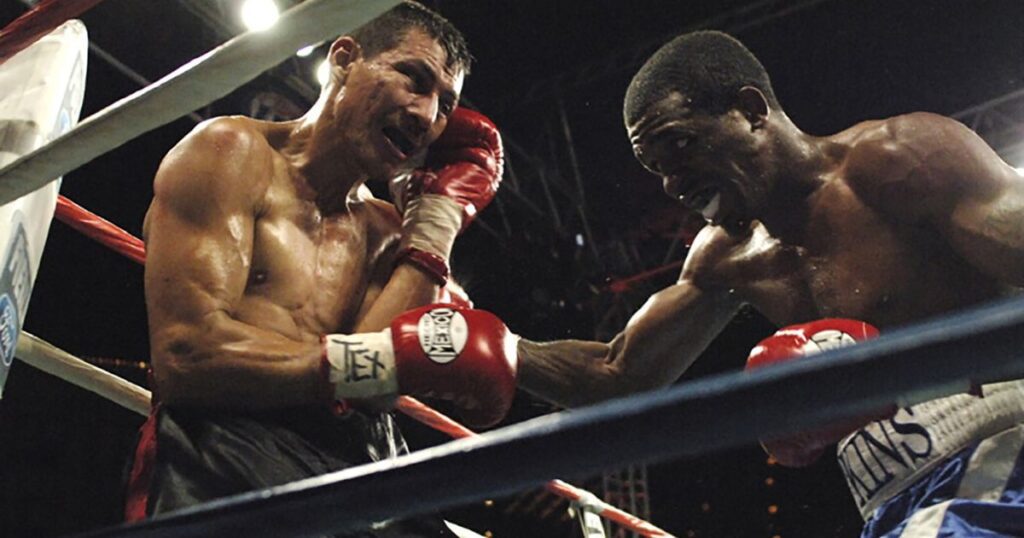
Factors Affecting the Age Limit for Pro Boxing
Genetics and Physical Attributes
There is no doubt genetics play a role in physical potential. Athletic markers like fast-twitch muscle fibers, punching power, cardiovascular efficiency, baseline VO2 max, and more have strong hereditary links. Such innate physical gifts can make mastering boxing fundamentals easier compared to those less genetically fortunate.
While genetic advantages provide an edge, they do not guarantee success on their own. Countless promising prospects with ideal athletic profiles failed to make it. Conversely, many fighters lacking raw physical tools have authored legendary careers by relentlessly honing their craft. Dedication and work ethic can help defy perceived genetic limitations.
Training and Dedication
World-class training, nutrition, recovery modalities, and sports science insights have advanced markedly in recent decades. Committing to mastering these modern prep methods enables fighters to enhance skills, stave off aging, and elongate primes compared to old-school eras.
Fighters today understand that applying smart periodization, biomechanics, film study, and data analytics allows them to squeeze out every ounce of potential – including compensating for any genetically imposed ceilings. The formula is simple: those who rigorously sharpen their weapons in the gym and stick to optimized regimens achieve far more than the undisciplined.
Experience and Ring IQ
Veteran experience forges priceless ring wisdom and situational recognition that younger fighters need to gain. The ability to set traps based on tendencies, bait opponents into mistakes, manage risk, and dictate the terms of combat represent weapons that age like fine wine. Late-career fighters compensate for declining athleticism by incorporating thrifty fighting styles, limiting exchanges while amplifying accuracy and defensive savvy.
While physical primes inevitably fade, the marginal gains from continuous skill refinement and ring generalship mastery enable world-class boxers to remain dangerous well into their late 30s and 40s.
The right fighting blueprint built on experience and execution can thrive even as speed and endurance drop off. Thus, factors like smarts and consistency can push back age barriers.
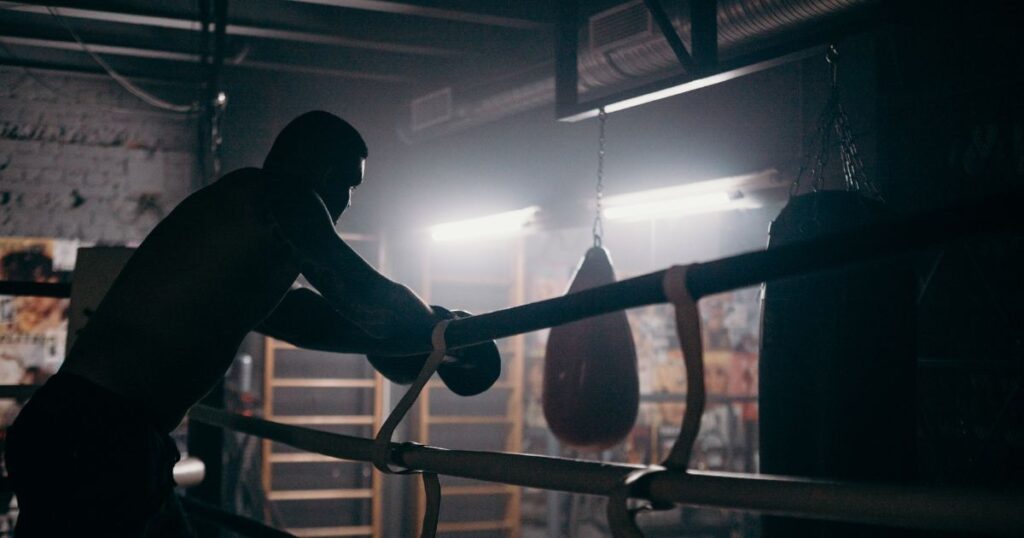
Conclusion
In Conclusion, while the conventional wisdom states boxers are past their prime in their early to mid-30s, history shows fighters can still achieve great things with the right physical conditioning, mental approach, lifestyle habits, and technical skill adaptation.
Dedication to mastering the craft through analytics and modern training can help defy Father Time. However, with reaction time and speed declining with Age, boxers typically hit an experience-dependent age ceiling in their late 30s or 40s. There are always remarkable exceptions. The formula for continued ring viability involves maximizing IQ earned through dedication as youthful vigor inevitably wanes.
FAQs About Become a Pro Boxer
At What Age Are Most Boxers No Longer Able to Compete at an Elite Level?
While outliers exist, historically, most fighters begin a sharp decline in their late 30s and struggle to compete beyond their very early 40s at the championship level.
What Physical Attributes Start to Diminish Due to Age?
Advancing Age causes degradation in reaction time, hand speed, foot quickness, stamina, muscle mass, power output, and recovery between bouts.
How can Strategy and Experience Compensate for Declining Physicality?
Veteran savvy, timing, feinting, range control, and learned techniques can still nullify disadvantages against youth through setting traps and energy conservation.
What Training Methods Help Overcome Age?
Modern sports science insights around customized strength/cardio periodization, data-based progress tracking, recovery modalities, and nutrition know-how maximize late-career longevity.
Can Late Bloomers Still Reasonably Expect to Succeed as Pro Boxers?
While stunning late-career runs still sporadically happen thanks to the willful persistence of all-time greats, essentially starting the dedicated training process past one’s early 30s makes achieving meaningful professional success a true long shot.



